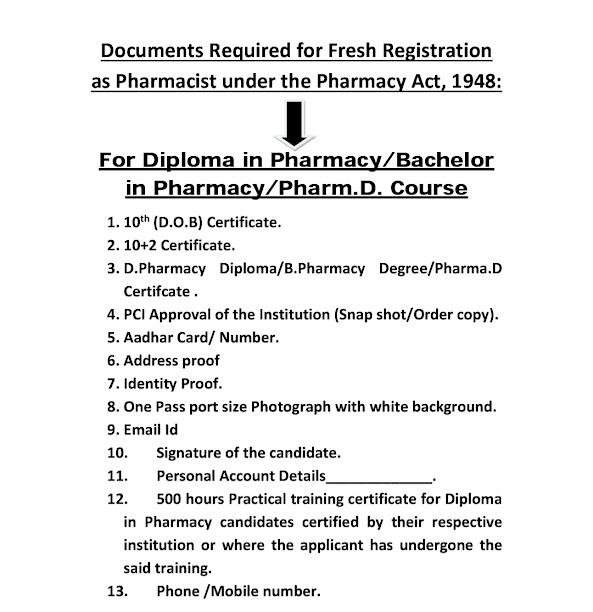Bionic Eye & Lanes
Introduction
Bionic eye is a bio-electronic
eye. Bionic eye replaces the functionality of a part or whole of the eye. An
external camera is worn on a pair of dark glasses which sends the images in
digital form to the radio receiver placed in the eye. The radio receiver is
attached to the implant chip on the retina. The implantation is of two types,
epiretinal implant and subretinal implant, based on whether the implant is placed
on or behind the retina. In our proposed method of bionic eye, a small and a powerful
camera powered by nanogenerator, is implanted inside the patient’s eye rather than
worn on a pair of glasses. The camera is small and consumes very low power.
*The Human eye
Structure and
function The
Human eyes operate on the same principle as that of a camera. The Human
eye is an organ that reacts to light for several purposes. The Human eye
ball is roughly spherical in shape. The important part of the eye responsible
for the vision is the retina. The retina is a light sensitive tissue lining the
inner surface of the eye. Light falling on the eye is focused on to a sheet of
light sensitive cells. The photosensitive ganglion cells in the retina that
receive the light signals affect the adjustment of the size of the pupil. The
ganglion cells are connected to the rods and the cone cells in the retina. The
cone cells are responsible for colour recognition of the image viewed and the
rod cells distinguish the movement and the contrast of the image on the retina.
The retina is connected to a nerve called the optic nerve that connects the
brain and the eye. The eye ball is placed in a protective cone shaped cavity in
the skull called the orbit or the socket and measures approximately one inch in
diameter.
Fig. 1 shows
interior structure of the human eye in its basic form. The light signals enter
the eye through the cornea. The cornea focuses the rays of light falling on
eye. The light then passes the pupil and the lens of eye, which leads to the formation
of an inverted image on the retina of the eyeball. The retina sends electrical
signals to the brain through the optic nerve. The brain interprets the signals
sent from the retina and forms the image.
*Basic
Eye Disorders
The Eye disorders dealt here are
listed below:
• Retinitis Pigmentosa
• Macular
Degeneration
Retinitis Pigmentosa
Retinitis
Pigmentosa (RP) is the name given to a group of hereditary diseases of the
retina of the eye. RP is a progressive blinding disorder of the outer retina
which involves degeneration of neurons . RP may be caused by a breakdown in the
function of the rods or the cones in some part of the retina. The retina is so complex
that, breakdowns may occur in a variety of ways and so RP is not a single disorder
but a great number of disorders. The breakdown of cone function may be called
Macular Degeneration.
Macular Degeneration
Macular Degeneration is a medical
condition which usually affects older adults. Macular Degeneration is mainly due
to the breakdown of the cones in the retina. The cone cells are responsible for
distinguishing the colours of the image formed on the retina. In macular
degeneration, a layer beneath the retina, called the retinal pigment epithelium
(RPE), gradually wears out from its lifelong duties of disposing of retinal
waste products. A large proportion of macular degeneration cases are age-
related and it can make it difficult to read or recognize faces, although
enough peripheral vision remains to allow other activities of daily life. Age
related Macular Degeneration (AMD) usually affects people over the age of 50
and there are two distinct types - wet AMD and dry AMD. Wet AMD results from
the growth of new blood vessels in the choroids, causing an accumulation of
fluid in the macula which leads to retinal damage. Dry AMD represents at least
80% of all AMD cases and results in atrophy of the Retina. Usually
yellowish-white round spots called drusen first appear in a scattered pattern deep
in the macula.





